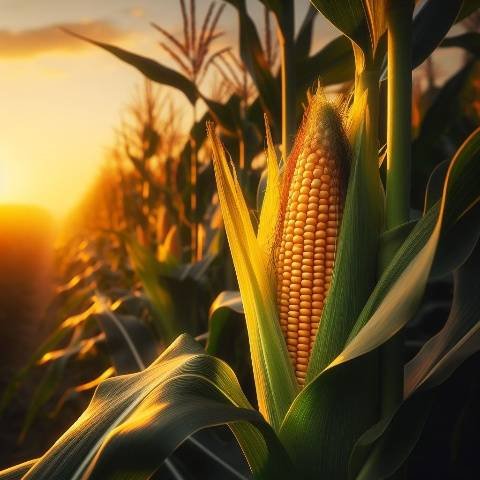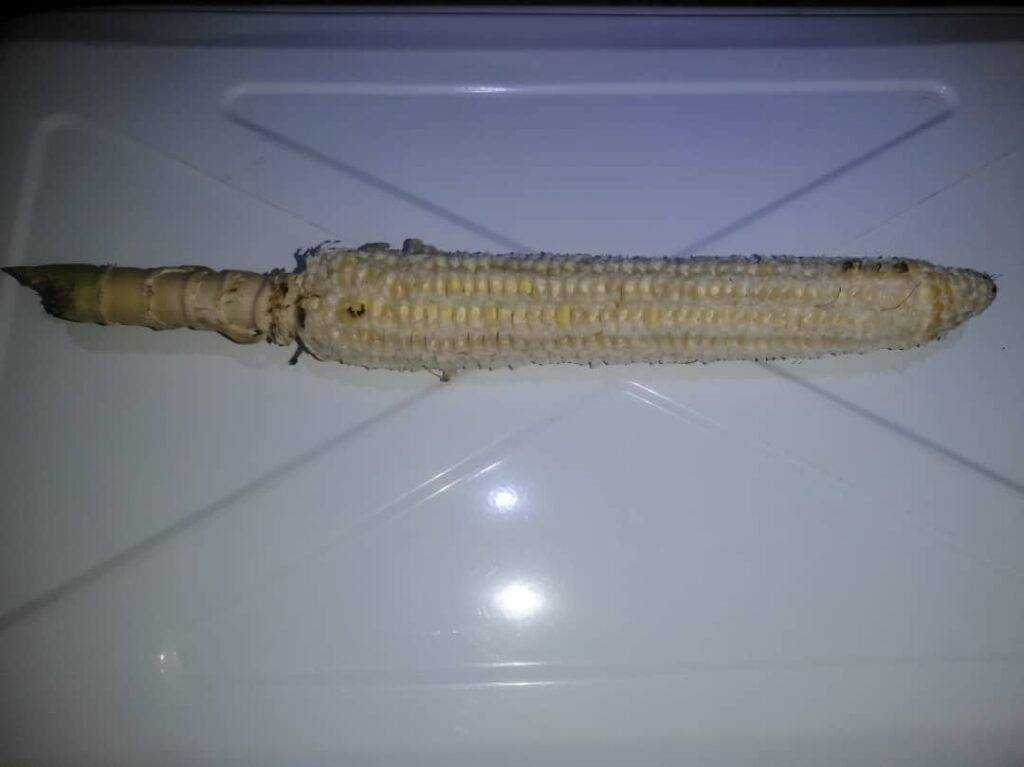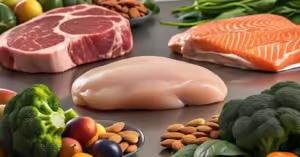
Table of Contents
Corns contain a type of protein called zeins. Zeins are among a class of plant proteins called storage proteins. They make up about 60% of all the protein in corn and about 70% of the proteins in the endosperm of corn as published in a reliable Journal. They are also called prolamins due to their high proline amino acid content.
Zeins are stored in corn for later use in the development of the plant so they are crucial for the plant’s survival. They are also an important source of dietary proteins as per the National Center for Biotechnology Information (NCBI).1 Plant proteins like zeins consist of amino acids that undergo condensation reactions to form bonds, which with additional amino acids, form what are called peptides.
These peptides are resistant to conditions that denature proteins like high concentrations of Urea and temperatures as published in Pubmed.2 Peptides from corn are useful for:
- Antihypertensives,
- Antiobesity,
- Hepatoprotective(protects against liver damage) function, and
- Antioxidative (protects against damage by oxygen radicals) effect,
As a result of these health benefits, bioactive corn peptides may be used in the making of nutraceuticals, functional foods, and drugs.
In the last topic, we discussed high protein and carbohydrate diets, and a previous one talked about how many grams of protein a pregnant or lactating mother will need. The current topic will focus on proteins in corn. It will highlight how much protein there is in an ear of corn, corn cob, or corn meal, and whether corn qualifies to be regarded as a high source of protein.
Do keep in touch by signing up for our newsletter:
Is corn carbohydrate or protein?
Corn has a reasonable amount of protein content but is considered a carbohydrate of which starch is the predominant. In some cases over 70% of the dry weight of corn may consist of starch. For this reason, it is often referred to as a starchy vegetable.
For corn to be called a grain or vegetable depends on its level of maturity at the time of harvest. It is only regarded as a grain if it is fully matured and dry at harvest time and as a starchy vegetable if it’s still fresh, soft, and full of liquid, according to the Department of Agriculture (USDA). It is often eaten as a starchy vegetable after cooking or roasting.

How much protein is in corn?
The amount of protein you get from any corn will depend on the size of the ear of corn or the amount of grain. This is exactly as it applies in avocados where the amount of protein depends on the size of the avocado as highlighted in a previous article that discussed how much protein avocados contain.
Below is a table showing how much protein you get from different sizes of ears of corn or an amount of grain.
| Size of the ear of corn or measure of grain. | Protein content |
|---|---|
| 100g of grain | 3.41g |
| 1 cup cut | 5.08g |
| 1 baby ear (8g) | 0.273g |
| 1 ear small (89g) | 3.04g |
| 1 ear medium (103g) | 3.51g |
| 1 ear large (118g) | 4.02g |

Is corn high in protein?
For an individual on the standard 2,000 calories per day, it is expected the daily value (DV) for protein will stand at 50g per day. This figure is used to determine what foods should be regarded as low, good, and high sources of protein.
For food to be considered a low source of protein, a serving should contain less than 5% of the daily value mentioned above. For it to be taken to be high in protein it has to have up to 20% (10g of protein) of this daily value as shown below:
- Low in protein: Less than 10% of daily value (less than 5g).
- Good source of protein: Over 10% of daily value (over 5g).
- High in protein: Up to 20% of daily value (10g).
From the table given earlier in this article, you will find that no ear of corn qualifies to be regarded as a high or good source of protein. Therefore, corn is generally low in protein and should be taken to be a low source of dietary protein.
Corn cob protein.
Corn cob is often used interchangeably with ear of corn but they mean different things. The cob is part of the ear and essentially what holds it together.
That said, an ear of corn comprises the cob, the husk, and the grains or kernel. The protein content of different sizes of ears of corn is listed in the table above. You will find the larger the ear, the more protein it contains. It ranges from 0.273g of protein for 1 baby ear of corn to 4.02g for a large ear.
Corn cobs, in the real sense, are like by-products of the corn or maize plant with poor nutritional value. You get the cob when the husk and grains have been removed leaving behind a fibrous hard tissue as shown in the image below.

I carefully removed all the Kernels from a roasted corn leaving behind the corn cob and shank as shown above.
Regardless of its poor nutritional content, the cob has agricultural and industrial uses which are beyond the scope of this article.
Bromatological (food science) analyses show the percentage of protein content of corn cob depends on the state it is presented. You get a lower protein content when it’s uncooked. This percentage rises significantly after cooking as published in the National Center for Biotechnology Information (NCBI).3
- Protein content of uncooked corn cob: 2.42%.
- Protein content of cooked corn cob: 4.67 – 5.03%.
Corn meal protein.

A serving of cornmeal of 61g has about 4.5g of protein. This qualifies it as a poor source of protein and is unreliable for muscle building. Cornmeals are mostly starchy carbs but with some minerals and vitamins such as thiamin, magnesium, selenium, vitamin B6, and folate.
Cornmeals are low in sodium, fats, and carbs but with a high glycemic index. They have a good fiber content and are also gluten-free therefore are good for your heart health. This makes them a meal of choice for people who are allergic to gluten.
That’s all about proteins in corn. I hope you enjoyed this piece. Feel free to ask additional questions you may have and see you on the next topic.
References.
- Fujiwara T, Nambara E, Yamagishi K, Goto DB, Naito S. Storage proteins. Arabidopsis Book. 2002;1:e0020. doi: 10.1199/tab.0020. Epub 2002 Sep 30. PMID: 22303197; PMCID: PMC3243327. ↩︎
- Forbes J, Krishnamurthy K. Biochemistry, Peptide. [Updated 2023 Aug 28]. In: StatPearls [Internet]. Treasure Island (FL): StatPearls Publishing; 2024 Jan-. Available from: https://www.ncbi.nlm.nih.gov/books/NBK562260/
↩︎ - Castillo, S., Rodríguez, A., Bautista-Villarreal, M., García-Solano, N., Gallardo-Rivera, C., Báez-González, J. G., Sánchez-García, E., & García-Alanis, K. G. (2021). Rheological and Nutritional Characterization of Sweet Corn By-Product (Cob) to Develop a Functional Ingredient Applied in Dressings. Frontiers in Nutrition, 8. https://doi.org/10.3389/fnut.2021.666654 ↩︎































































































































































Enjoyed studying this, very good stuff, thanks.
Great content. I just stumbled on your website but can tell I actually enjoyed your posts. Anyway I’ll be subscribing for your feeds.